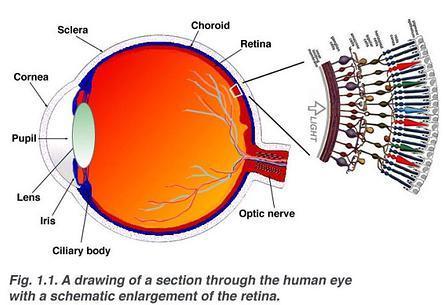See on Scoop.it – Amazing Science
The ability to arrange cells into highly defined patterns and structures has recently elevated the use of 3D printing in the biomedical sciences to create cell-based structures for use in regenerative medicine.
A group of researchers from the UK have used 3-D biomedical printing to successfully print new eye cells, making it the first time the technology has been used successfully to print mature central nervous system cells. The breakthrough could lead to the production of artificial tissue grafts made from the variety of cells found in the human retina and may aid in the search to cure blindness.
Experts at the University of Cambridge printed two types of cells – ganglion cells and glial cells – derived from adult rat retinas. Ganglion cells transmit information from the eye to parts of the brain, while glial cells provide support and protection for neurons.
Co-authors of the study Professor Keith Martin and Dr Barbara Lorber, from the John van Geest Centre for Brain Repair, University of Cambridge, said: “The loss of nerve cells in the retina is a feature of many blinding eye diseases. The retina is an exquisitely organised structure where the precise arrangement of cells in relation to one another is critical for effective visual function”.
In their study, the researchers used a single nozzle piezoelectric inkjet printer that ejected the cells through a sub-millimetre diameter nozzle when a specific electrical pulse was applied. The driving waveform was defined by a PC-driven generator. “We plan to extend this study to print other cells of the retina and to investigate if light-sensitive photoreceptors can be successfully printed using inkjet technology. In addition, we would like to further develop our printing process to be suitable for commercial, multi-nozzle print heads,” Professor Martin concluded. His goal is to make living tissues using multiple nozzles so that different types of cells could be printed from different nozzles at the same time.
The study has been detailed in a paper published in Biofabrication.
See on www.imaginethat-3d.com
